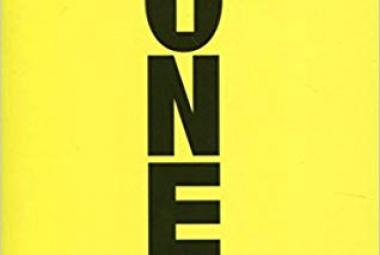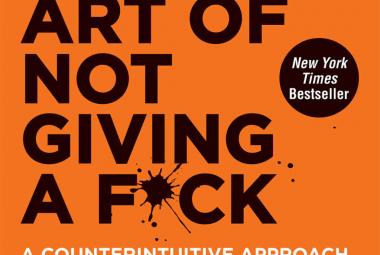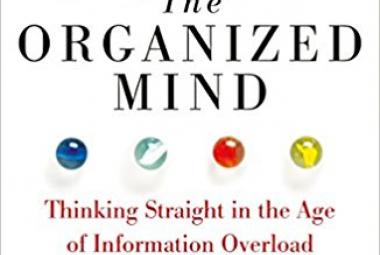In a 4-hour work week, Timothy Ferriss deals with the eternal postponing of the pursuit of your dreams. You do not have to wait until you retire before you can finally fulfil your dreams and do what you have always wanted to do. Wealth is only partly related to money and you will see that for the majority of your dreams you do not need large amounts of money.
Ferriss describes the DEAL principle, which stands for Definition, Elimination, Automation and Liberation, to escape a 9 to 5 life and live as a 'New Rich'. This article focuses mainly on the first two: Defining and Eliminating.
The basis of the lifestyle that Ferriss complies with is based on the simple principles of what WEALTH AND HAPPINESS actually is.
When imagining wealth, people often think of being a millionaire. However, when you think about what people actually mean by pursuing this wealth, it is not so much about having a million euros in their bank account, but having the ability to live like millionaires. It is therefore about activities and not about money.
A second interesting definition is that of happiness. What is happiness? And what makes us happy? Is it about owning something? Or being able to do something? Ferris describes that happiness equals excitement and boredom is synonymous with misfortune. Do you want to be happy? Then make sure you do things that give you a kick! In order to pursue happiness, you should therefore replace questions such as 'what do I want?' And 'what is my goal?' with: 'What do I get a kick out of?'
The first step in creating a new style is to DEFINE what makes you happy. Ferris does this based on the so called ‘dream lines’. In these dream lines you define for yourself what you think makes you happy.
In the dream line, three different categories of dreams can be distinguished: having, being and doing. In the first category you write down which things you get a kick out of. Like having a car, or perhaps owing a collector’s item of something that you collect? The second category includes who you want to be to experience more of a kick in your life. Do you want to speak a different language? Write a book? Play a musical instrument? The third category describes activities that give you a kick, such as places to visit or activities to perform.
After defining your dreams, it is time to quantify the costs of different dreams. In the 'being' category, an intermediate step may be necessary to define when you have reached your goal. Ferris gives the example of learning a language, where the goal can be to have a 15-minute conversation with someone whose language is his or her mother tongue.
What is remarkable about this exercise is that the money you usually need to fulfil the majority of your dreams is not impossible to save up for. Moreover, after a while you will see that you will get more dreams in the second and third category and less in the first category.
The third step in the dream line describes defining actions. What actions can I do today to make one of my dreams come true? What steps will I take tomorrow? And what can I do next? For example, you can free up time daily to learn a language, or do research on how to best visit your dream location.
The E in the DEAL method stands for ELIMINATION, and as a Lean expert I am a big supporter of this step. Two topics that appeal to me most in this step are the principle of time management, and the little-information diet.
People are generally paid for the responsibilities they have and the work they do. How is it that people around the world seem to need 8 hours a day for that? Our world has a way of looking at the number of hours someone is present, instead of looking at the output. Sharp deadlines and the use of the Pareto principle can help to work more effectively. When you have 1 week to write a report, you are forced to focus on the base, the most important 20% that covers 80% of the possible end result.
If you have 2 months for the same report, you will see that the 9-5 thought means that you spend a lot more time on the report, without adding a lot of extra value to it. We are filling our time and that is not a good sign.
In addition to eliminating the 80% of things you do at work that hardly contribute to your output, the second step is to eliminate things within the rest of your time use. How do you spend your free time every night and in the weekend? And which of those activities contribute to your dreams? Eliminate activities that do not directly contribute to your dream lines. An interesting start is looking at the information that we receive constantly, for example via television or social media. The Dutch watch an average of 3 hours of television per day (Westendorp & Bodegom, 2015), which could possibly be used in a smarter way to become happier.
Ferriss describes that you have to check with each information source whether you need the information immediately and / or whether it is important to have the information. In addition to watching TV, reading newspapers and magazines, browsing the internet and reading books can also be looked at.
The third step of DEAL is AUTOMATION, in which Ferriss describes tips to eliminate or outsource as much work as possible that does not add value to your dreams. Ferriss his starting point is that work does not give satisfaction and therefore the ultimate goal could be to bring your work week back to 4 hours so that you make time for other things. Because most people work for a boss, it seems easier to me to find a job that gives you satisfaction, so you get a kick out of work everyday.
Finally, the L stands for LIBERATION. Ferris describes the planning of multiple mini-pensions to test how you want to live yourself. Instead of waiting until after many years of working from 9 to 5 to finally do what you gives you a kick, you should do it as quickly as possible!
The 4-hour workweek is a book that motivates you to think about how you spend your time, at home and at work. For the readers who know me personally and wonder where I get all my energy and enthusiasm from: I have been applying the principle of dream lines and low-information diet since 2010, after reading this book for the first time.
Continue to:
The Subtle Art of Not Giving A F*ck - M.Manson (summary)
Also watch this video of the Four Hour Workweek
from FightMediocrity on youtube:
REFERENCEs
Westendorp, R. & van Bodegom D., 2015, Oud worden in de Praktijk – laat de omgeving het werk doen, Amsterdam: Atlas contact
Ferriss, T., 2007, The Four Hour Workweek, Escape 9-5, Live anywhere and Join the New Rich, New York: Crown Publishers (order this book)















